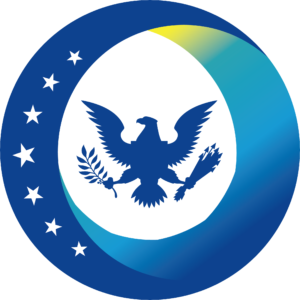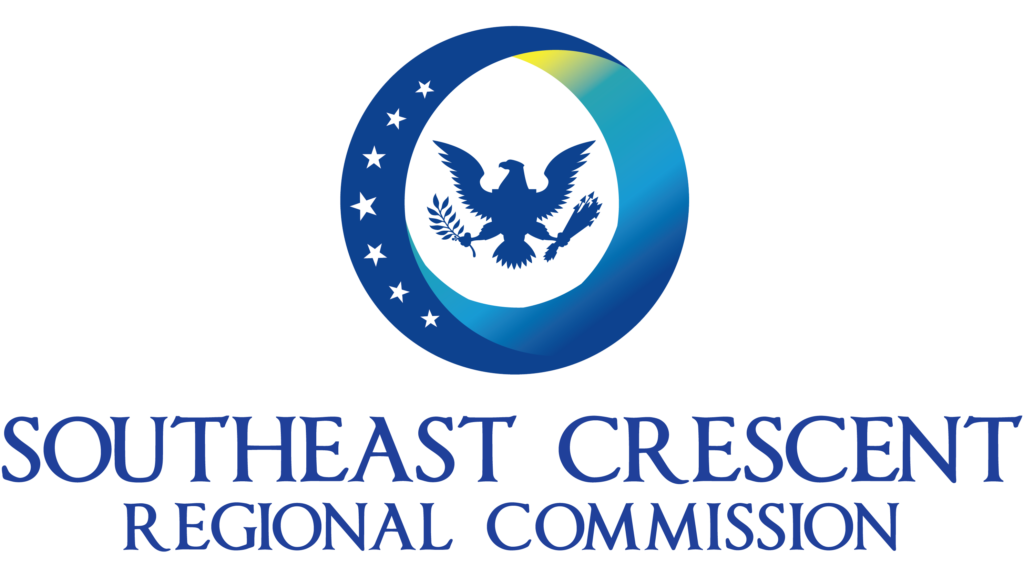The President’s Fiscal Year 2024 budget requests $20 million for the Southeast Crescent Regional Commission (SCRC)’s essential work to combat persistent poverty.
The Biden-Harris Administration today released the President’s Budget for Fiscal Year 2024.
The President’s Budget makes critical investments across priorities in the Southeast Crescent region to strengthen the economic development of distressed and impoverished communities throughout seven states, 428 counties and county equivalents, and 51 million people by infusing strategic investments into physical and human infrastructure. In FY 2024, the Commission will continue to actively engage state and community stakeholders to establish a foundation for the Commission that reflects the unique economic and infrastructure needs in the region.
Highlights include:
- State Economic and Infrastructure Development (SEID) grant program The SEID program is the SCRC’s flagship grant program designed to encourage and support economic and infrastructure development activities across the Southeast Crescent region. In FY2023, SCRC will develop a robust and comprehensive grant program designed to meet the unique economic and infrastructure challenges of the Southeast Crescent region. Building on that development, in FY204, SCRC will implement a grant program which aligns with the six strategic goals listed below:
- Invest in Critical Infrastructure
- Improve Health and Support Services Access and Outcomes
- Strengthen Workforce Capacity
- Foster Entrepreneurial and Business Development Activities
- Expand Affordable Housing Stock and Access
- Promote Environmental, Conservation, Preservation, and Access
- Crescent Care Cooperative (CCC) The Crescent Care Collaborative was launched in response to medical professional shortages and low access to quality healthcare throughout the region. CCC’s J-1 visa waiver program allows foreign physicians, who trained in the United States, to work in medically-underserved areas or health professional shortage areas within the SCRC region for three years. Funding will also allow SCRC to devote staff to this program to review applications, field applicant and attorney inquiries, and support clinics in rural areas. Staff will work with the Department of State to process applications and monitor program compliance for three years to ensure that guidelines are followed, and the work location remains a sufficient environment for the J-1 physician.
- Local Development District (LDD) Capacity Building Program. The LDD Capacity Building Program assists communities with development planning, training, outreach, and grant implementation. In FY 2024, SCRC will invest $2 million into a non-competitive grant program to financially assist 62 LDDs in the region through the program. The primary goal of the LDD program is to increase SCRC outreach and training activities to local governments, community groups, the business community, and distressed and transitional counties and county equivalents while improving local access to funding sources and assisting communities in the preparation to receive financial investments.
For more information on the President’s FY 2024 Budget, please visit: https://www.whitehouse.gov/omb/budget/.
For more information on the Southeast Crescent Regional Commission, please visit:



